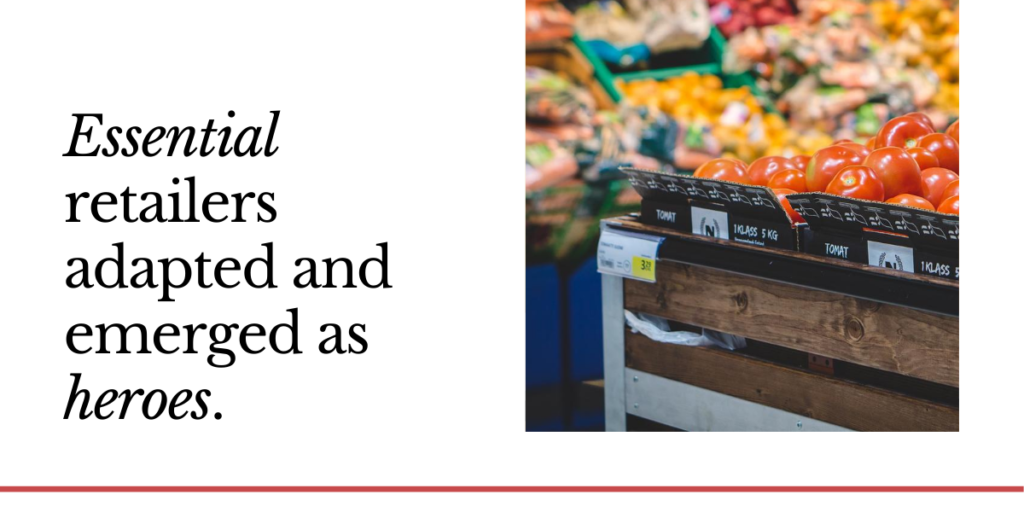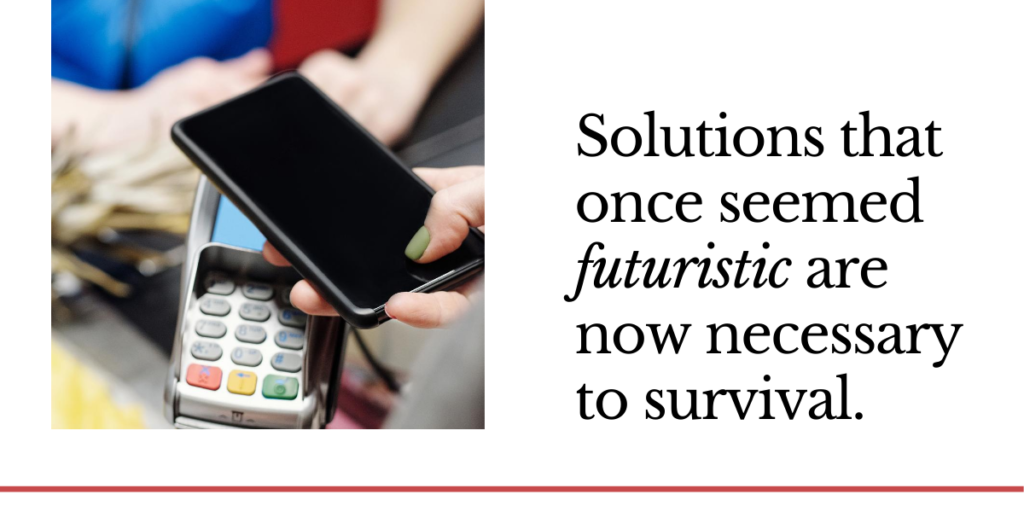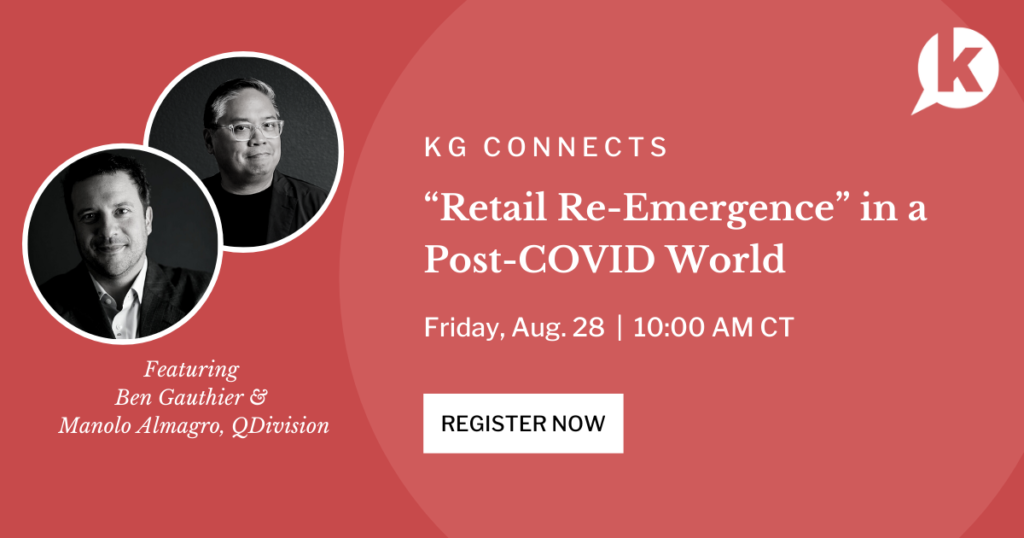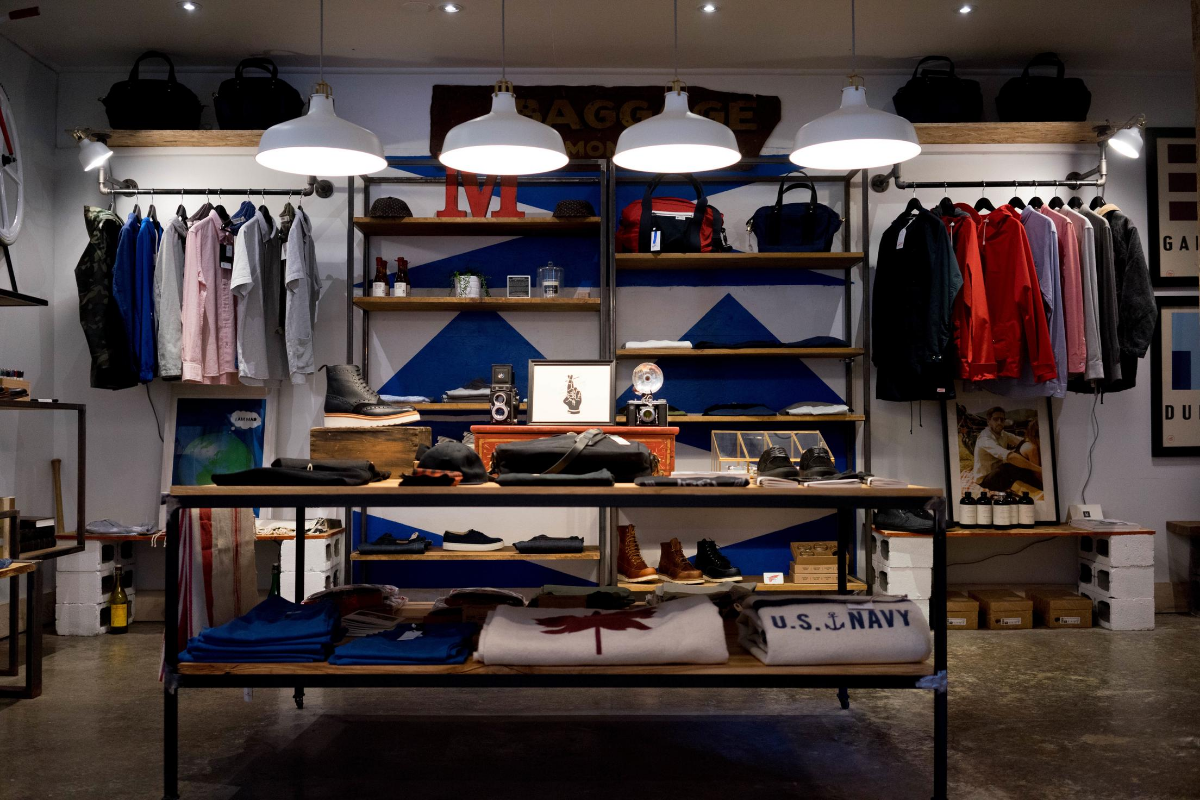Like much of the U.S., non-essential retailers closed their doors in mid-March. The whispers returned and eventually reached a crescendo, “The ‘Retail Apocalypse’ has arrived!” We’ve said it before and I’ll say it again, the ‘Retail Apocalypse’ is not here.
One more time for the cheap seats in the back (remember those?), THE ‘RETAIL APOCALYPSE’ IS NOT HERE. In fact, the ‘Retail Apocalypse’ is never happening. So let’s remove that from our vocabulary and put the rumors to bed, once and for all. Instead, let’s talk about what’s really happening — a retail evolution.
Like everything else in 2020, the retail industry has been faced with a new normal. Retailers who have failed to evolve, have had to make difficult decisions, from closing stores to declaring bankruptcy and even all out business closures.
Meanwhile, many retailers have thrived through the pandemic. In fact, Target reported that its curbside pickup service, Drive Up, grew 700% in Q2. 700%! How? Because again and again, Target has transformed to meet the changing needs of shoppers. With that, let’s dive deeper into the 2020 retail evolution.
The essentials
While many retailers temporarily shuttered to comply with state and local mandates, essential retailers like grocers, pharmacies and convenience stores, remained open. These retailers faced new challenges, from supply chain shortages to daunting volumes of online grocery orders.
However, most adapted and emerged as heroes. With digital grocery sales reaching a an all-time high of $7.2 billion in June, grocers have accepted that many of the forced changes of 2020 are here to stay. Grocers and their solution providers alike have worked hand-in-hand to rapidly evolve and meet shoppers’ needs as we continue to stay home.

Amazon’s 2017 acquisition of Whole Foods ignited a fire in grocers, and many began examining and implementing much needed technologies, from AI-enabled supply chains to digital grocery solutions. No doubt, they could have done more to be prepared for 2020 but no one anticipated a pandemic.
Grocers recognize the need for AI-enabled and digital technologies now more than ever. As a result, they will continue to digitally transform to address the fundamental shift in how consumers shop for everyday essentials.
Digital realities
Across the industry, retailers who have failed to embrace digital transformation have suffered immeasurably in 2020. On the other hand, forward-thinking solution providers who have been waiting in the wings for their heyday, and the retailers adopting those solutions, are reaping the rewards. Many digital solutions, like virtual fit and live shopping, that once seemed futuristic are now necessary to retail survival.

From our daily conversations with solution providers, we’ve seen that retailers are clamoring to adapt new technologies ahead of the holiday season. Furthermore, consumers are adopting these new omni-channel shopping options as part of their ongoing routines.
The retail evolution is here to stay
Call it what you will — trade, retail, digital commerce — the retail industry will continue to evolve. It’s here to stay and has been for thousands of years. Yes, it will change but so will the rest of the world, and retailers and shoppers alike will adapt.
Speaking of changes in the retail industry, be sure to register for August’s KG Connects webinar, “‘Retail Re-Emergence’ in a Post-COVID World,” with Q Division.






 Caroline Farley is the Chief Growth Officer of Shoptalk and Grocery Shop.
Caroline Farley is the Chief Growth Officer of Shoptalk and Grocery Shop. 




